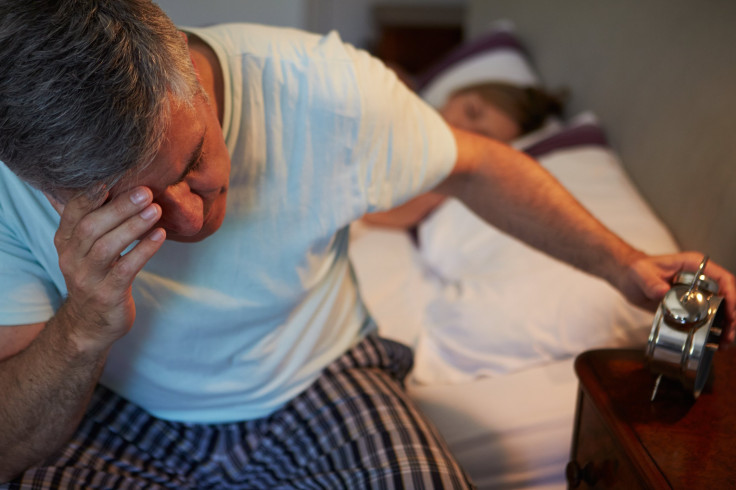Suicide Rates Highest Between Midnight and 4 AM; Insomnia Treatment May Help Lower Risk

A new study has found that having trouble sleeping at night may contribute to a lot more than dark circles under your eyes; it can be life-threatening. Researchers at the University of Pennsylvania have found that individuals are more likely to commit suicide between midnight and 4 a.m. than any other time of the day.
The study was conducted by looking at data from the National Violent Death Reporting System and the American Time Use Survey. The study will be presented today at the SLEEP 2014 28th Annual Meeting of the Associated Professional Sleep Societies LLC in Minneapolis, and the abstract is currently available in the journal Sleep. According to a recent press release, a total of 35,332 suicides were included in the study. It was revealed that the average suicide rate per hour was 10.27 percent after midnight and peaked at 16.27 percent between 2 and 3 a.m. After 6 a.m., the suicide rate decreased to about 2.13 percent. Overall the researchers concluded that the frequency of suicide between midnight and 5:59 a.m. was 3.6 times higher than the researchers had expected.
According to principal investigator Michael Perlis, the data from this study suggest that disturbances in an individual’s natural waking and sleeping patterns may contribute to their risk of suicide. This would also explain “why insomnia is also a risk factor for suicidal ideation and behavior,” Perlis added, according to the press release.
Nightmares and insomnia are known risk factors for suicidal ideation and behavior. However, based on the results of this study, “being awake at night may in and of itself be a risk factor for suicide,” Perlis explained. As Perlis suggested, data from this study may cause the treatment of insomnia to be an important tool in helping to reduce the risk of suicide. Mental disorders, substance abuse, and impulsive and/or aggressive tendencies are also leading risk factors for suicide. Men frequently have higher suicide rates than females, and there are major disparities between racial groups — American Indians and Alaskan Natives being the highest risk groups in the U.S., Psychology Today reported.
According to PsychCentral, on average, each year there are about 38,000 deaths by suicide in the U.S. The leading method of suicide in the U.S. is firearms, followed by suffocation and poisoning. Although suicide is commonly perceived as the most popular cause of death among young adults, in actuality, “it is the baby boomer group where we see the highest rates of suicide," Ileana Arias, the CDC’s deputy director, explained to The New York Times. “There may be something about that group, and how they think about life issues and their life choices that may make a difference,” Arias added.
Source: Perlis ML, Grandner MA, Basner M, et al. When Accounting For Wakefulness, Completed Suicides Exhibit An Increased Likelihood During Circadian Night. Sleep. 2014.
Published by Medicaldaily.com



























